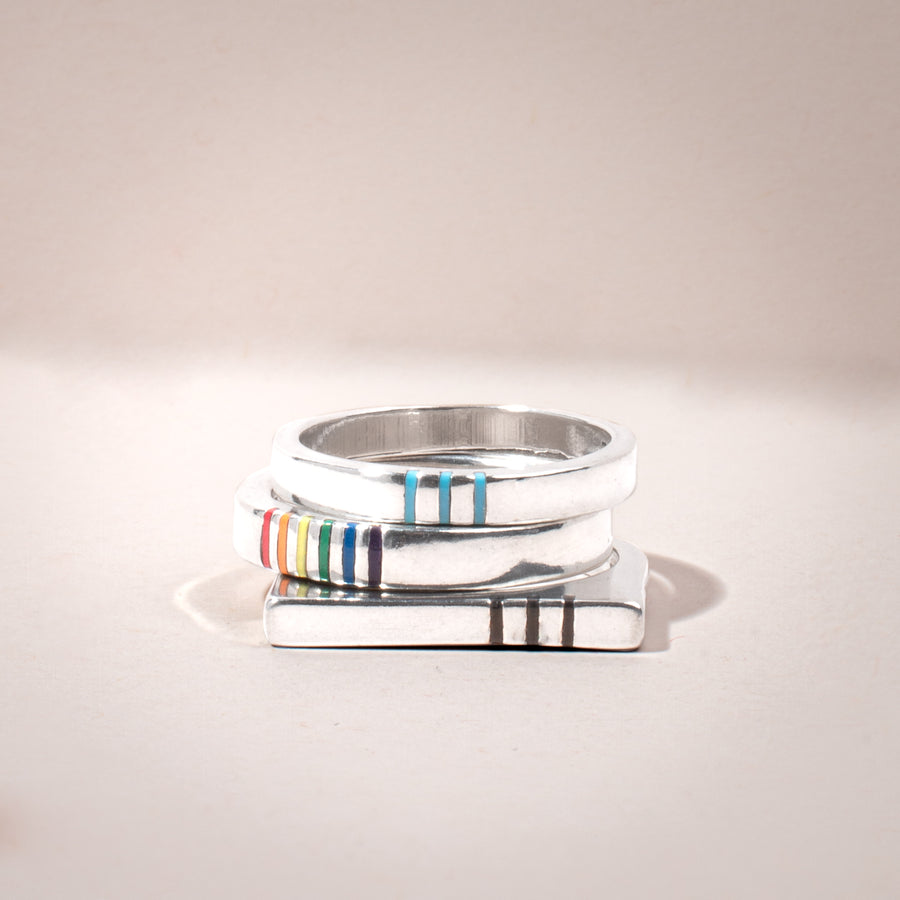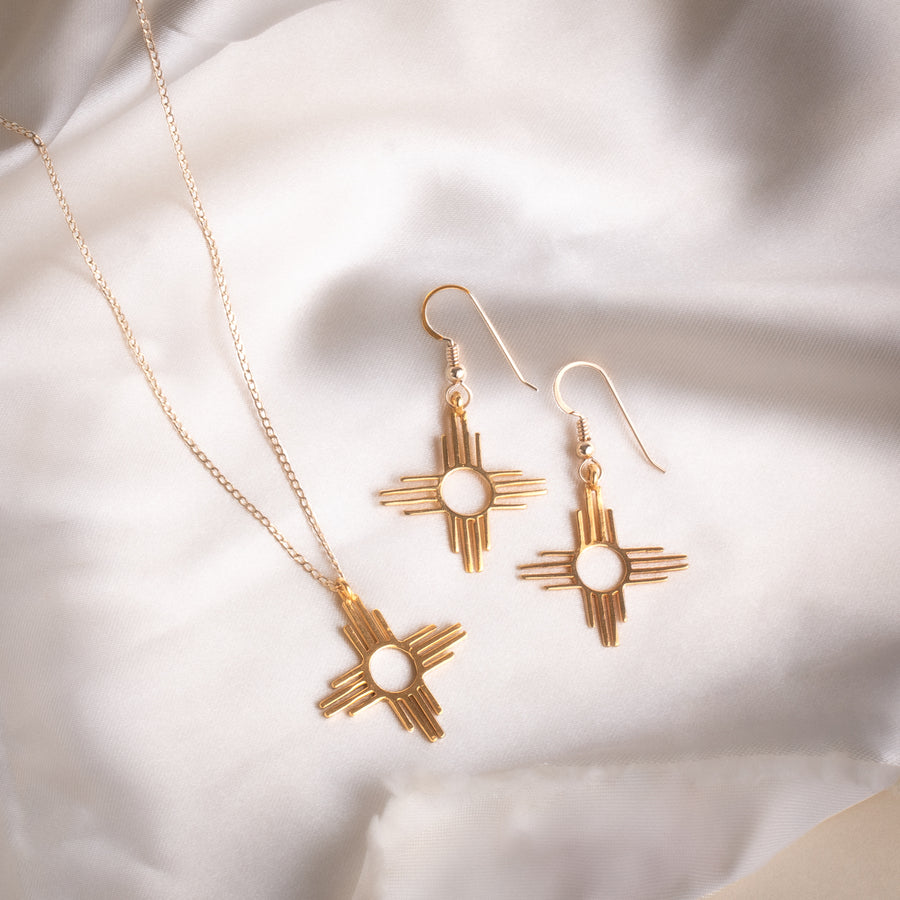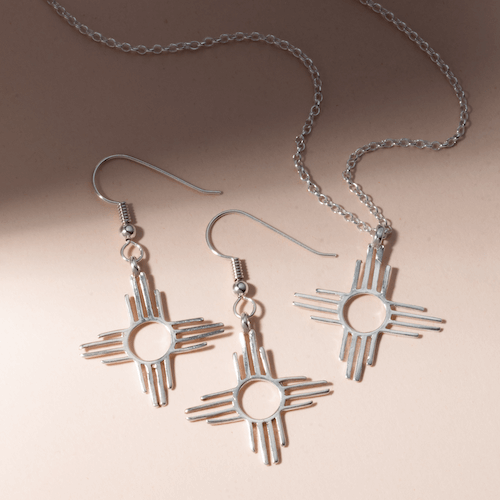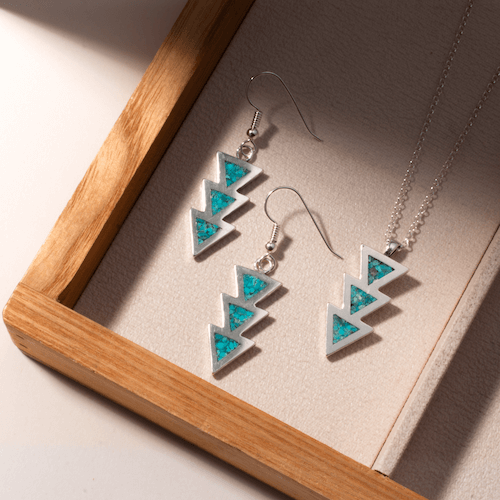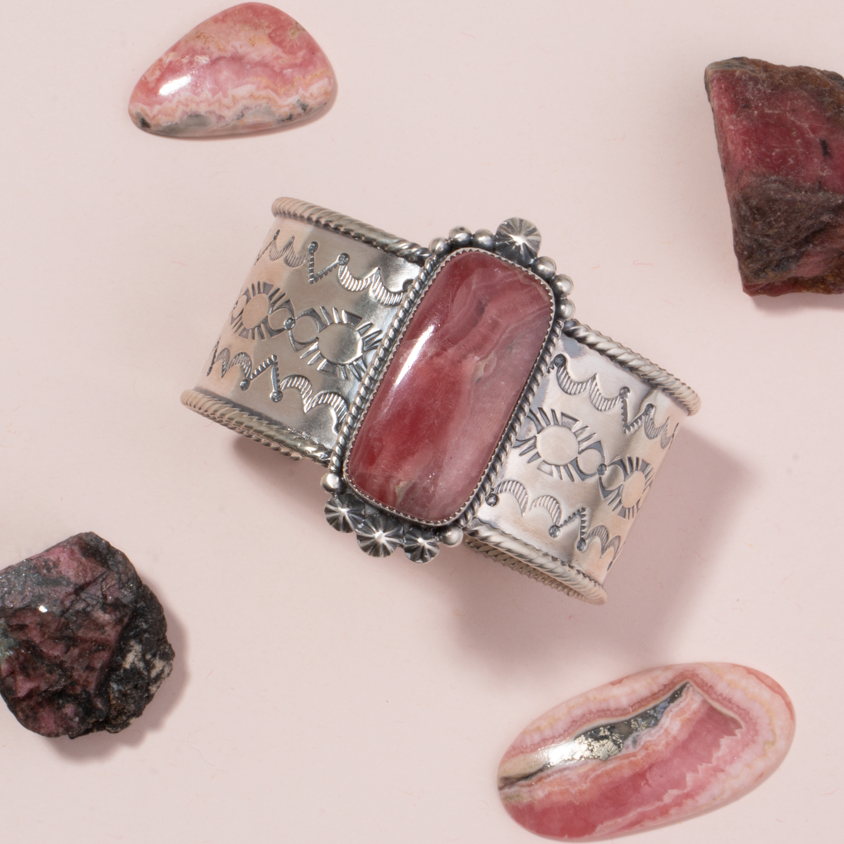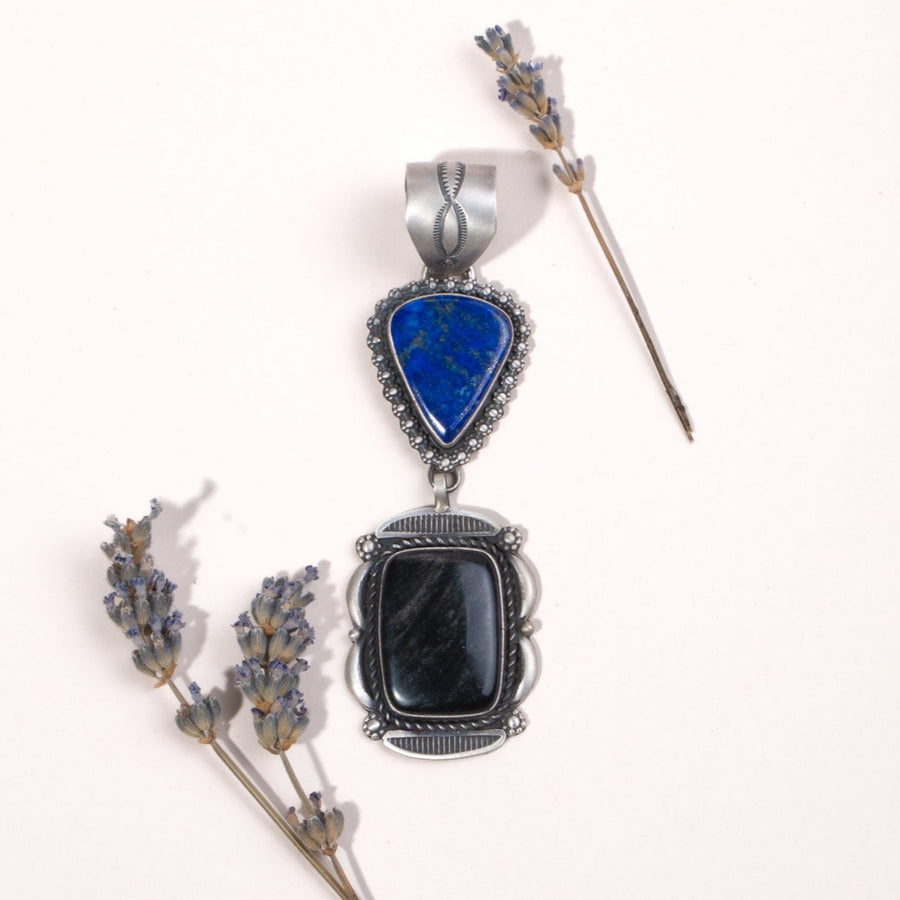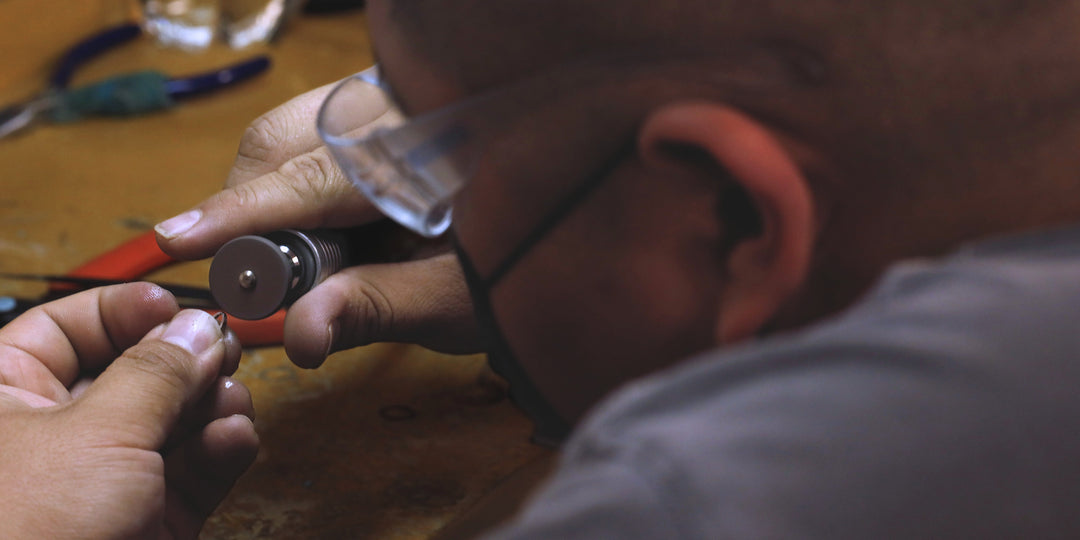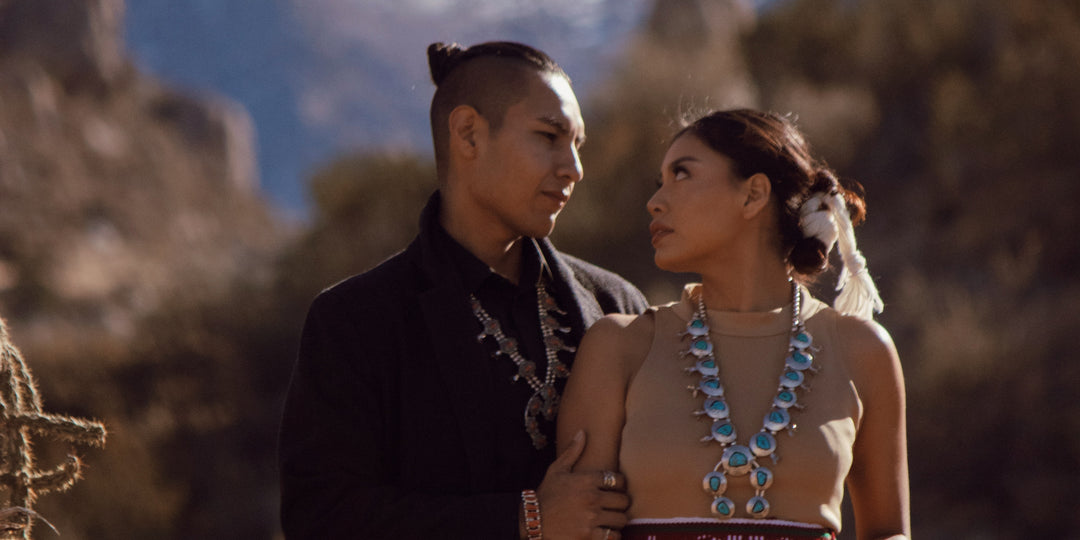The beauty of spiny oyster

Historically it’s been used as an offering to the gods for a good harvest or simply for needed rain. The Incas called it “mullu” and they made sure there was always someone to harvest the mollusk for temple offerings. Today it’s called spiny oyster, but its exotic beauty still makes it a prized material for handcrafted jewelry.
Spondylus, or spiny oyster, is a bivalve mollusk found in a variety of places, including off the Pacific coast. Its hinged two-part shell has pointed spines or quills coming off it, hence the name. Though these quills were long thought to be for protection, new studies show they may also be used as attachment points for other sea creatures such as algae and sponges. When these creatures latch onto the spiny oyster, they help camouflage it from predators.
In the past, spiny oyster was harvested through the rather dangerous practice known as “free diving”. Divers went to the necessary depths to collect the mollusks, pulling them back to their boats in nets. Today they are harvested much the same way, only with far safer modern equipment and techniques for the divers.

The shell of the spiny oyster ranges in color from a vivid coral to orange and purple, depending on the particular type. The beauty and brilliance of its colors make it popular for jewelry artists. The inner part of the shell often has a red lining and there are grooves on the outer part. When used in jewelry, the shell is smoothed and polished, leaving the striations and the radiant colors to shine through. When polished the shell makes a beautiful accompaniment to turquoise, making the combination a popular choice for Native American artists.
The natural beauty of stones and shells such as spiny oyster make up an important component of handcrafted Native American jewelry. The intricate brilliance of such materials makes these artistic pieces cherished as heirlooms for generations.
